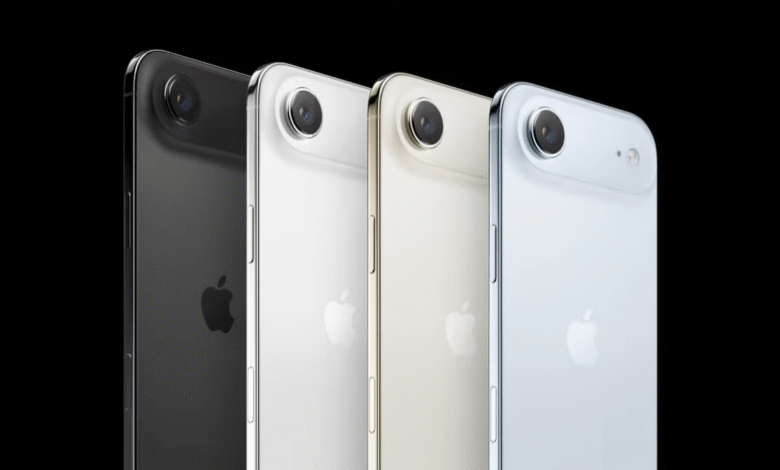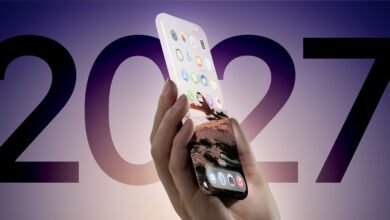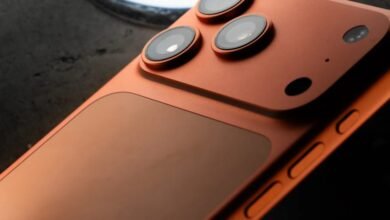iPhone 17 Air Goes All-In on eSIM Globally

▼ Summary
– Apple announced the new iPhone 17 Air on Tuesday at its annual hardware event.
– The device will have only eSIM support worldwide and no physical SIM tray.
– The iPhone 17 Air is 5.5 mm thick, achieved by removing the physical SIM slot.
– Apple previously removed physical SIMs for U.S. iPhones in 2022.
– Apple stated that eSIMs are easier to use, more secure, save space, and are better for travel.
Apple’s latest unveiling, the iPhone 17 Air, marks a significant shift in mobile connectivity by embracing eSIM technology on a global scale. This sleek device, introduced during the company’s annual hardware showcase, completely eliminates the traditional physical SIM tray, reinforcing Apple’s commitment to a more integrated and streamlined user experience.
The iPhone 17 Air stands out not only for its connectivity features but also for its remarkably thin profile, measuring just 5.5 mm thick. Despite its slender design, Apple has successfully packed advanced technology into the device, though this achievement comes at the cost of removing the physical SIM slot entirely.
This move builds on a strategy Apple first implemented in 2022, when it began selling iPhones in the United States without physical SIM support. Now, the company is expanding that approach worldwide with the iPhone 17 Air, signaling a broader industry transition toward digital SIM solutions.
During the presentation, Apple emphasized the benefits of eSIM over traditional plastic SIM cards. The company highlighted that eSIM technology offers enhanced security, greater convenience for users, and valuable internal space savings within the device. Apple also pointed out that eSIM simplifies international travel, allowing users to easily switch carriers without needing a physical card.
(Source: TechCrunch)




